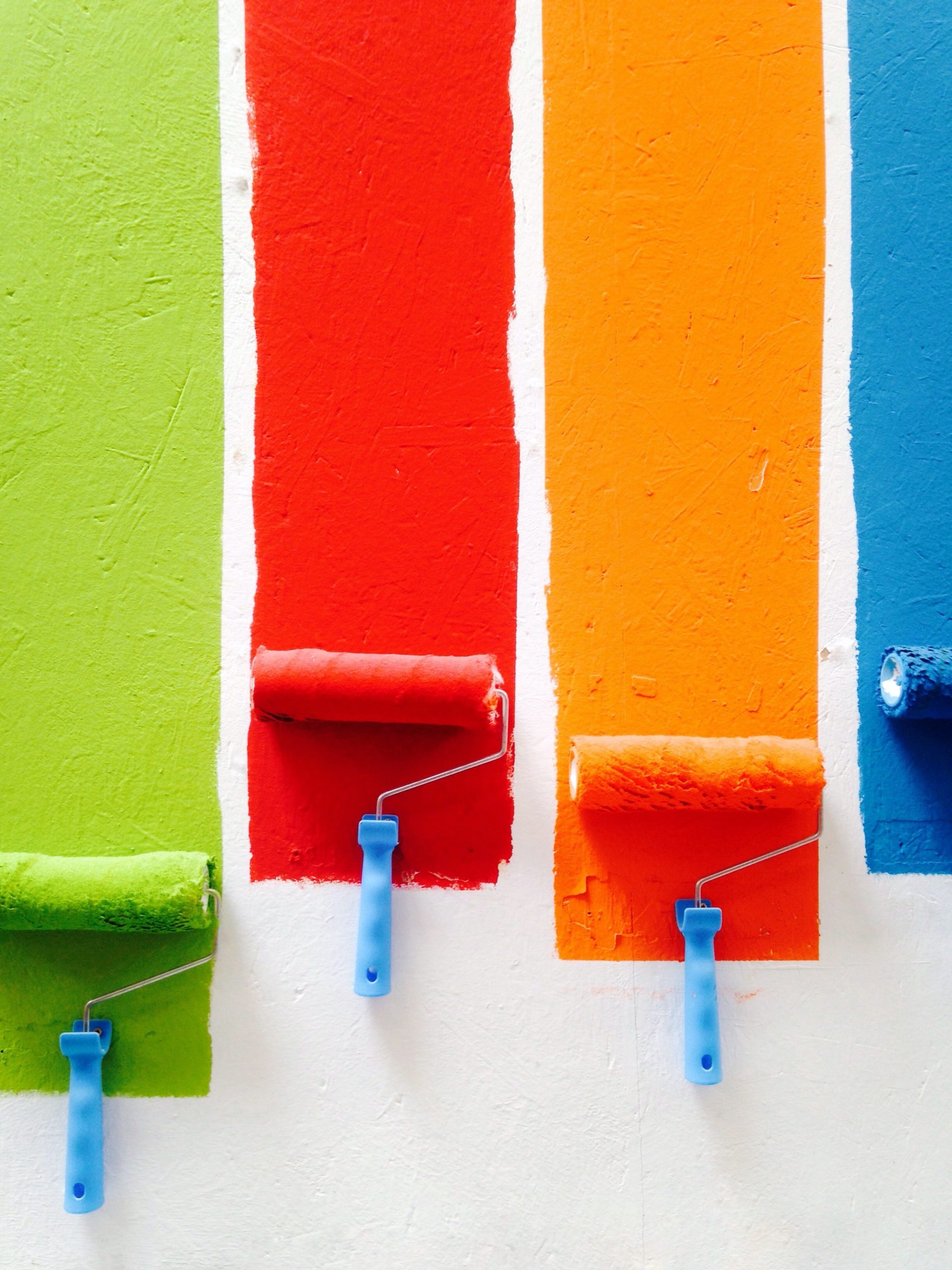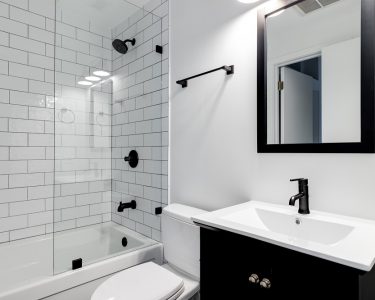The global shift towards sustainability has permeated various industries, and the paint industry is no exception. As consumers become increasingly conscious of their environmental footprint, there’s a growing demand for eco-friendly alternatives in all aspects of home improvement, especially interior home painting. The rise of eco-friendly paints is not merely a fleeting trend but a reflection of a deeper societal change that prioritizes both health and environmental preservation.
Understanding the Surge in Demand for Eco-Friendly Paint
The last decade has seen a remarkable increase in the demand for eco-friendly paints. Several factors contribute to this surge:
1. Increased Awareness of VOCs: As research shed light on the harmful effects of VOCs present in traditional paints, consumers began seeking safer alternatives. VOCs, when released into the air, can contribute to a range of health issues, from respiratory problems to more severe conditions over prolonged exposure.
2. Green Building Movements: With the rise of green building certifications and movements, there’s been a push towards using materials and products that are sustainable. Eco-friendly paints fit perfectly into this paradigm, making them a preferred choice for modern construction and renovation projects.
3. Consumer Demand for Healthier Living Spaces: Today’s homeowners are not just looking for aesthetic appeal; they want their homes to be safe havens. This means choosing products, including paints, that don’t compromise indoor air quality or pose health risks.
Delving Deeper into the Benefits of Eco-Friendly Paint
While we touched upon the benefits of eco-friendly paints earlier, it’s worth delving deeper to understand their comprehensive advantages:
1. Safety First: Eco-friendly paints are devoid of harmful chemicals, making them safe for both the environment and the occupants of a space. This is especially crucial for households with children, elderly members, or those with respiratory conditions.
2. Odorless Painting Experience: One of the immediate benefits that interior painters often highlight is the lack of strong odors associated with eco-friendly paints. This makes the painting process more pleasant and reduces the need for extensive ventilation.
3. Positive Environmental Impact: Beyond the immediate indoor environment, these paints have a broader positive impact. Their production involves sustainable practices, and their biodegradability ensures that they don’t contribute to long-term environmental damage.
4. Economic Benefits in the Long Run: While eco-friendly paints might sometimes have a slightly higher upfront cost, their durability and longevity mean fewer repaints and touch-ups, leading to cost savings in the long run.
Benefits of Eco-friendly Paints for Interior Painting
The decision to opt for eco-friendly paints, especially for interior spaces, goes beyond just environmental considerations. These paints offer a plethora of benefits that cater to the health, aesthetics, and overall well-being of the occupants. Let’s explore these advantages in depth:
1. Enhanced Indoor Air Quality: Traditional paints release harmful chemicals into the air during and after application, which can linger for days or even weeks. Eco-friendly paints, with their low or zero VOC content, significantly reduce these emissions. This ensures that the air inside homes remains unpolluted, creating a healthier living environment, especially crucial for those with allergies, respiratory issues, or sensitivities to chemicals.
2. Safety and Health Benefits: The absence of toxic chemicals in eco-friendly paints means a reduced risk of headaches, dizziness, and other health issues often associated with paint fumes. This is especially beneficial for households with children, elderly members, or pregnant women, ensuring a safer environment for all.
3. Odorless or Low Odor: One of the immediate perks of using eco-friendly paints is the minimal odor during and after the painting process. This makes the experience more pleasant for both homeowners and interior painters, eliminating the overpowering smell that often requires vacating the premises.
4. Durable and Long-lasting: Contrary to some misconceptions, eco-friendly paints don’t compromise on quality. They are formulated to provide excellent coverage, resist fading, and withstand daily wear and tear. This means fewer touch-ups and longer intervals between repaints, offering both economic and environmental benefits.
5. Moisture and Mold Resistance: Some eco-friendly paints are designed to be breathable, allowing moisture to evaporate and reducing the risk of mold and mildew growth. This is particularly beneficial for interior spaces like bathrooms or basements, which are prone to humidity.
6. Aesthetic Appeal: With advancements in technology, eco-friendly paints now come in a vast array of colors, finishes, and textures. Homeowners no longer need to compromise on their design vision, as these paints offer the same, if not better, aesthetic appeal as their conventional counterparts.
7. Positive Environmental Footprint: Using eco-friendly paints contributes to a reduced carbon footprint. From the sustainable production processes to the biodegradable nature of the paints, every aspect is designed to minimize environmental impact.
8. Economic Benefits: While the initial cost of eco-friendly paints might be slightly higher, their durability and longevity lead to long-term savings. Fewer repaints and the potential for increased property value, given the growing demand for eco-friendly homes, make them a wise investment.
Brands to Consider for Interior Painters
The rising demand for eco-friendly paints has spurred numerous brands, both established and emerging, to offer sustainable options tailored for interior spaces. These brands not only prioritize environmental responsibility but also ensure top-notch quality, catering to the discerning needs of professional interior home painters. Here’s a closer look at some of the industry leaders:
1. Benjamin Moore: A revered name in the paint industry, Benjamin Moore has consistently demonstrated its commitment to innovation and sustainability. Their Natura line stands out for its 100% acrylic, zero VOC formulation. Interior painters often laud it for its vast color palette, ease of application, and impeccable finish, making it a go-to choice for both residential and commercial projects.
2. Sherwin-Williams: A brand synonymous with quality, Sherwin-Williams has made significant strides in the eco-friendly domain. Their Harmony line is not just zero VOCs but also boasts unique properties that actively reduce odors and formaldehyde levels in the air. This paint is a favorite among interior painters for spaces like nurseries, hospitals, and schools, where air quality is paramount.
3. Behr: Behr’s commitment to sustainability and quality is evident in their Premium Plus line. This zero VOC, low odor paint is GREENGUARD Gold Certified, ensuring it meets stringent criteria for low chemical emissions. Interior painters appreciate its durability, coverage, and the vast range of finishes available, catering to diverse design aesthetics.
4. Farrow & Ball: A touch of British elegance combined with environmental responsibility defines Farrow & Ball’s eco-friendly range. Renowned for its rich pigments, depth of color, and luxurious finish, this brand is a top choice for high-end interior home painting projects. Their water-based paints have a low environmental impact, making them a favorite among eco-conscious interior painters.
5. BioShield: Pioneering the eco-friendly paint movement, BioShield offers an array of unique products. From clay paints to solvent-free options, their range is crafted from natural raw materials. Interior painters often opt for BioShield when working on projects that demand a natural, organic feel, such as rustic homes or eco-resorts.
6. Earthborn: Earthborn’s distinct offerings set it apart. Their clay-based paints are breathable, making them perfect for older structures that require moisture regulation. Free from oils and acrylics, Earthborn paints are celebrated for their environmental credentials and their ability to create a unique, textured finish.
7. AFM Safecoat: A brand dedicated to creating products that prioritize health, AFM Safecoat offers paints that seal in off-gassing and reduce indoor air pollution. Their commitment to creating non-toxic, safe paints makes them a preferred choice for interior painters working in sensitive environments.
8. Ecos Paints: With a focus on purity, Ecos Paints offers products free from herbicides, pesticides, and fungicides. Their paints are known for being odorless, making the painting process seamless and pleasant. Interior painters often recommend Ecos Paints for clients with chemical sensitivities or allergies.
Eco-friendly Interior Painting: Leading the Sustainable Home Revolution
The evolution of the paint industry, particularly in the realm of interior painting, is a testament to the broader global shift towards sustainability. As consumers become more environmentally conscious, their choices in home improvement reflect a desire for both aesthetic appeal and eco-responsibility. The brands leading this green revolution in paint are not just responding to a trend but are shaping the future of interior design.
Interior painters now have the privilege and responsibility of introducing homeowners to the myriad benefits of eco-friendly paints. From improved indoor air quality to the sheer beauty of a toxin-free finish, the advantages are tangible and immediate. Moreover, the long-term benefits, both to the environment and to the health of the home’s occupants, make the choice for green paints a wise investment.
Furthermore, the rise of these eco-friendly brands signifies more than just a change in product composition. It represents a broader industry commitment to ethical sourcing, sustainable manufacturing, and responsible waste management. This holistic approach ensures that every can of paint contributes positively to the environment, from production to application and beyond.
As we look to the future, the role of interior painters will be pivotal in championing this sustainable shift. Their expertise, combined with the superior offerings of eco-friendly paint brands, will shape homes that are not only beautiful but also kind to the planet. In essence, eco-friendly interior painting is not just a choice; it’s a statement—a commitment to a brighter, greener, and healthier tomorrow.





